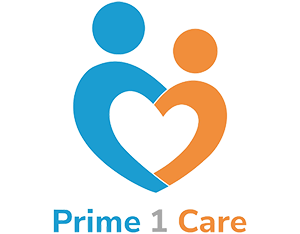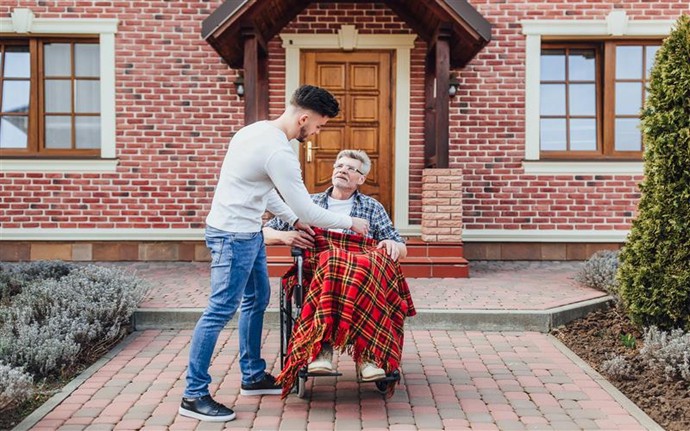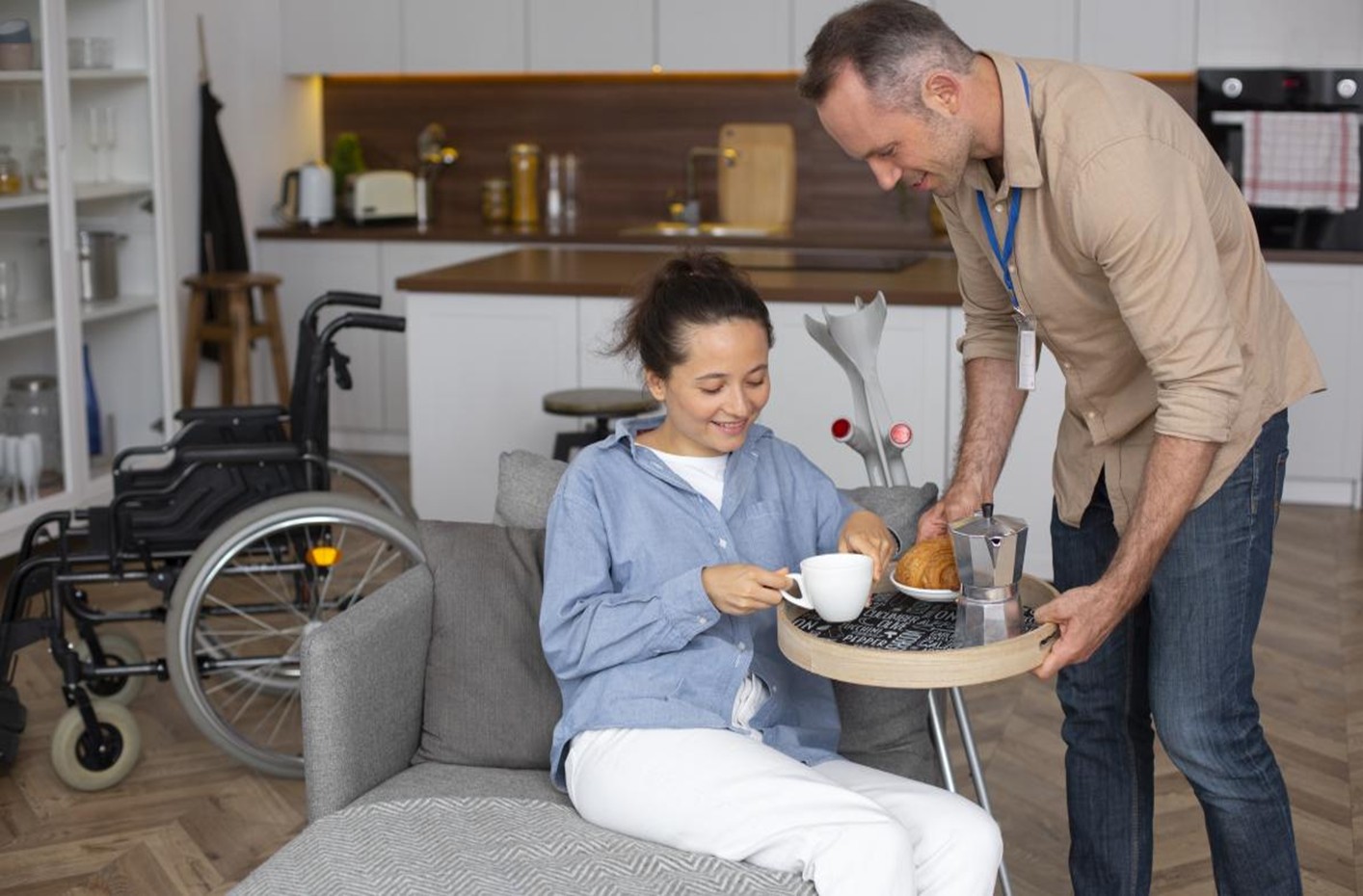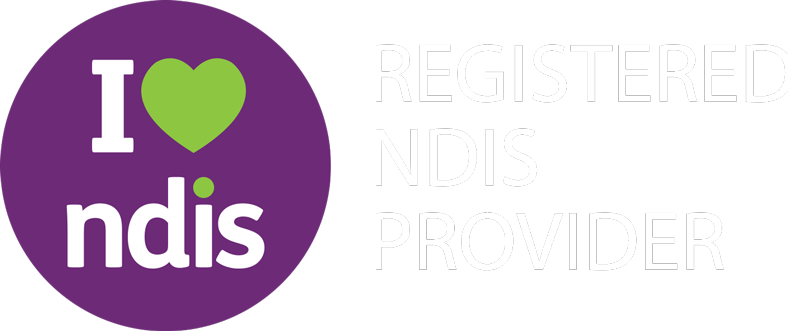Key Takeaways
- Community nursing delivers clinical care at home and reduces avoidable hospital use.
- Safe medication practice, wound care, and chronic-condition support are core pillars.
- Clear links to NDIS goals improve function, well-being, and choice.
- Standards and guidelines guide safe, evidence-based care.
- Strong coordination with family, GPs, and allied health lifts outcomes.
What Community Nursing Brings to the Home
Community nurses provide clinical care in familiar surroundings, reducing disruption to daily routines. Typical supports include assessment, care planning, monitoring of long-term conditions, wound care, continence support, catheter care, PEG management, diabetes education, seizure support, and carer coaching. This clinical mix helps maintain stability and can prevent unplanned hospital presentations by catching issues early.
Australian data show most people with disabilities live in the community, which underscores the value of well-delivered home care systems that can scale to need.
Anchored in National Standards and Safe Practice
- Safe medication practice is central to home-based care. The Medication Safety Standard within the National Safety and Quality Health Service (NSQHS) Standards outlines the intention to prescribe, dispense, administer, and monitor medicines safely, while keeping consumers informed. Applying these principles in the home supports safer dosing, better reconciliation, and lower risk.
- Broader national work on medicine safety provides practical strategies for minimising errors in community settings, including clear documentation, consumer education, and review after care transitions.
- Registered nurses also practice defined professional standards of assessment, planning, provision of safe care, evaluation, and therapeutic relationships, ensuring a consistent, accountable approach.
Aligning Care With NDIS Goals
Linking nursing tasks to NDIS goals turns clinical work into measurable progress. For example:
- Wound and skin integrity plans mapped to “health and safety” goals.
- Bowel care and continence plans are mapped to “daily living” goals.
- Medication education is mapped to “choice and control” goals.
- Respiratory plans mapped to “community access” by improving stamina.
The NDIS sets out guidelines that shape decision-making, eligibility, and reasonable and necessary supports useful context for participants and supporters navigating plans and plan reviews.
What a Typical Community Nursing Visit Can Include
- Clinical assessment: vitals, skin check, symptom review, and early-warning signs.
- Care actions: wound dressings, pressure care, catheter or stoma care, PEG feeds.
- Medication support: reconciliation, storage checks, administration, and education.
- Coaching: safe manual handling, seizure or diabetes action plans, and equipment use.
- Coordination: updates to GPs, allied health, support coordination, and family.
This rhythm of assess–intervene–educate–coordinate builds confidence and reduces crisis care.
Internal Service Pathways That Strengthen Outcomes
Community nursing rarely stands alone. Effective services connect participants to the right next step:
- Community Nursing: evidence-led care in the home; see Community Nursing.
- High-Intensity Supports: complex interventions such as enteral feeding or complex bowel care see High-Intensity Care.
- Continence Support: assessment, product guidance, and training; see Incontinence Services.
- Support Coordination: alignment of providers, budgets, and reports. See Support Coordination.
- Next Steps: direct contact for inquiries; see Contact.
These pathways keep care coherent and reduce the need for repeated explanations of needs and risks.
Medication, Wounds, and Chronic-Condition Care at Home
- Medication: Clear charts, reconciliation after hospital discharge, and consumer education reduce errors and adverse events. National guidance for medication management in the community promotes person-centered partnerships and systems approaches highly relevant to home settings.
- Wound care: Structured assessment, appropriate dressings, and pressure-injury prevention are vital. Consistent review prevents deterioration and supports comfort and mobility.
- Chronic conditions: Plans for diabetes, COPD, epilepsy, and cardiovascular disease link symptom tracking with action thresholds. Regular monitoring and early adjustments limit escalation.
Working With the Wider System
A strong home-care system depends on aligned parts. Australian government material on aged and community care highlights the role of in-home services in keeping people well, connected, and at home for longer a principle that also supports many adults with disabilities and complex needs.
Community nurses often coordinate with GPs, practice nurses, allied health, plan managers, support coordinators, and informal carers. With shared care plans, clear handovers, and agreed escalation points, duplication drops and outcomes improve.
Safety, Dignity, and Cultural Responsiveness
Quality community nursing honours safety and dignity while respecting language, culture, and faith. This is particularly important for participants from culturally and linguistically diverse communities. Considerations include the choice of clinician where possible, interpreter access, gender-sensitive care, and practical consent processes.
Measuring Impact
What gets measured improves. Practical indicators include:
- Fewer unplanned hospital presentations.
- Improved wound healing times.
- Reduced medication discrepancies after transitions.
- Participant-reported outcomes: comfort, confidence, and goal progress.
- On-time reviews and updated risk plans.
- Regular audits against national standards and nursing practice standards provide additional assurance.
Conclusion
Community nursing brings hospital-grade skill to everyday life, turning complex needs into clear, manageable plans at home. When clinical care aligns with NDIS goals and links seamlessly with support coordination, outcomes rise and confidence grows. For structured, respectful, and reliable community nursing, contact us to discuss needs and arrange a tailored plan.
FAQs
What does a community nurse do in home-based disability care?
Delivers assessment, wound care, medication support, continence management, health education, and coordination with GPs and allied health.
Can community nursing be funded under the NDIS?
Yes, subject to plan goals and reasonable-and-necessary criteria. Refer to the current NDIS guidelines for details.
How does community nursing improve safety with medicines?
Through reconciliation, clear charts, education, and adherence to national medication safety guidance.
What is the difference between community nursing and high-intensity supports?
Community nursing covers general clinical care; high-intensity supports include complex interventions such as enteral feeding or complex bowel care.
How are outcomes measured?
By tracking hospital presentations, wound healing, medication discrepancies, goal progress, and review timeliness against national standards.






